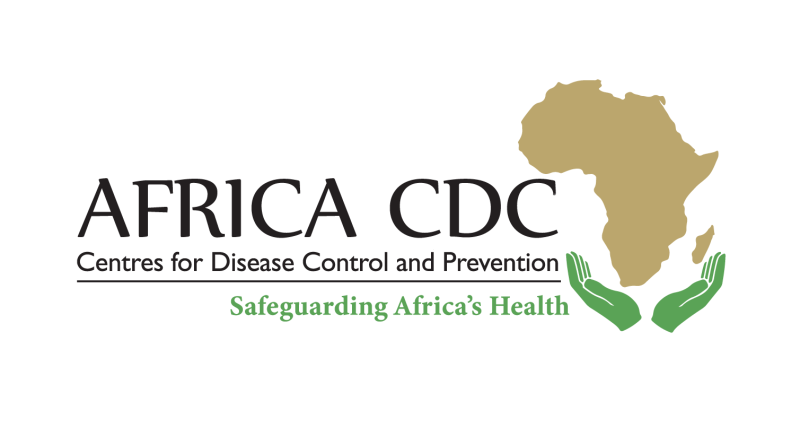Mpox, cholera cases rise in parts of Africa — Africa CDC
The Africa Centre for Disease Control and Prevention (Africa CDC) has expressed concern over the resurgence of cholera cases and mpox transmission in parts of the region.
The Chief of Staff and head of executive, Africa CDC, Ngashi Ngongo, shared this concern during the agency’s weekly webinar briefing on Thursday.
Mr Ngongo noted that while encouraging progress had been recorded in previously high-burden countries, new surges are being observed in Liberia, Kenya, and Ghana.
He said Ghana, for instance, had recorded an average of 38 mpox cases, with most infections concentrated in the Western and Greater Accra regions.
Mr Ngongo said this accounts for 70 per cent of all reported cases out of the 3,449 identified contacts, with 16 testing positive.
“Mpox testing in Ghana has now been decentralised across 15 regions, and the country began vaccination on 3 October with 33,000 doses deployed nationwide,” he said.
“On cholera, Africa has surpassed the total number of cases recorded in 2024, with 272,324 cases reported by week 39.
“This is compared to the 254,075 cases in the previous year. The case fatality rate also rose to 2.3 per cent, up from 1.9 per cent in 2024,” he said.
Mr Ngongo said that 23 member states had been affected so far, with 17 currently reporting active outbreaks.
He added that the number could rise as many countries enter the rainy season, which favours cholera transmission.
He named Chad, Angola, and Burundi among the countries with the sharpest increase in cholera cases, recording more than a 160 per cent rise between epidemiological weeks 34 and 39, compared to the previous six weeks.
“Angola’s resurgence was particularly worrisome, with new hotspots emerging in Lunda Norte, Nuich, and Willa, in spite of earlier declines following oral cholera vaccination campaigns that distributed two million doses in July.
“Unsafe water, poor sanitation, and outbreaks in mining and river-dependent communities remain key drivers of the epidemic in Angola.
“In Burundi, cases had surged by 26 per cent since week 29, although no deaths have been reported,” he said.
The chief of staff explained that the outbreak was driven by water scarcity, poor sanitation, and cross-border population movements from the Democratic Republic of Congo (DRC).
He further highlighted ongoing efforts to contain Rift Valley fever outbreaks in Senegal and Mauritania, while the DRC continued to report encouraging progress in containing mpox, with no confirmed cases for 10 consecutive days.
He said that the vast majority of recent outbreaks were the result of zoonotic spillovers, underscoring the need to strengthen multisectoral coordination through the One Health approach.
He noted that the whole issue of access to medical countermeasures remains real.
“This is why we need to step up research, development, and local manufacturing to ensure Africa produces its own vaccines, therapeutics, and diagnostics,” he said.
Mr Ngongo added that the newly signed collaboration framework between Africa CDC and WHO would significantly advance efforts toward stronger partnerships, improved integration, and better coordination of responses to multiple public health events across the continent.
The News Agency of Nigeria (NAN) reports that Mpox (formerly called Monkeypox) is caused by the mpox virus.
The symptoms include fever, headache, swollen lymph nodes, and a rash that looks similar to smallpox but is usually milder.
READ ALSO: Africa CDC warns of outbreaks, secures partnerships for health security
Mpox spreads through close contact with an infected person, animal, or contaminated materials.
In recent years, mpox outbreaks have increased worldwide, partly because population-level immunity from smallpox vaccination has waned.
Cholera, a waterborne disease caused by Vibrio cholerae bacteria, spreads through contaminated food and water.
It causes acute watery diarrhoea and could be fatal if untreated.
However, early detection and access to safe water, sanitation, and treatment are key to its prevention.


